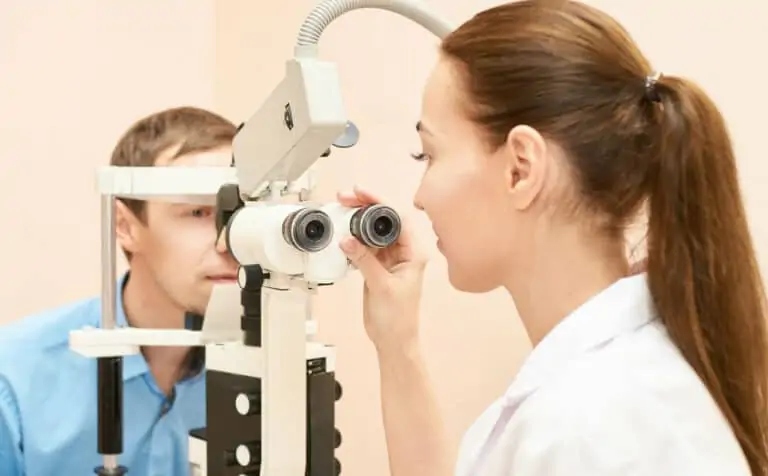Corneal Collagen Crosslinking (CXL) is a technique to treat patients with progressive corneal ectasia, particularly Keratoconus. An ultraviolet (UV) light and a photosensitizer (riboflavin) is used to strengthen chemical bonds in the cornea. The goal of the treatment is to halt progressive and irregular changes in corneal shape.
What is Keratoconus?
Keratoconus occurs in approximately 1 in 750 adults. In this condition, the cornea (the clear dome in the front of our eye) can become weak, thin and irregularly shaped. Normally the cornea is relatively round in shape, however in keratoconus it is irregularly shaped like a cone, resulting in high amount of irregular astigmatism and poor vision. The disease tends to progress during the adolescent years and into the mid 20’s and 30’s.
How is CXL Performed?

A normal cornea is made of several layers of collagen tissue, with cross-linking between its collagen fibers that keep it strong and able to retain its normal shape. In keratoconus, the cornea is weak and has too few cross-links between the fibers.
The CXL treatment is an outpatient procedure performed in the doctor’s office. It only requires numbing eye drops and a mild sedative. The patient lays flat on their back in a reclining chair and looks straight up during the treatment. The epithelium, the top protective layer of the cornea, is removed and riboflavin drops are instilled in the eye. Next, the patient is asked to look at a special blue (ultraviolet) light while laying comfortably on a reclining chair. At the end of the procedure, a bandage contact lens is placed in the eyes for comfort during the healing process.
The aim of the cross-linking procedure is to add more cross-links between the collagen layers of the cornea, thus strengthening the cornea and stopping the thinning process and further loss of vision.
Corneal collagen cross-linking using riboflavin and UV received FDA approval on April 18, 2016.
Advantages of Cross-linking
- Permanent
- No need for admission
- Simple; a single one-hour treatment
- Quick recovery with short follow up
- No follow up sittings required
- Stops the progression of the disease
- Does not need eye donation as in corneal transplant
- No injections or stitches
- No incisions as in Intacs or Corneal ring segments
- No major precautions
Who is a candidate for Corneal Collagen Crosslinking?
The optimal time to treat keratoconus is early in the disease process, before the astigmatism has become severe. In addition, the corneas cannot be too thinned or too scarred. During your consultation visit, our Florida eye surgeon will determine if CXL is an option for you.
Florida Eye Specialists has been successfully cross-linking for over 3 years in Jacksonville. Call or visit us to find out if you are an eligible candidate

